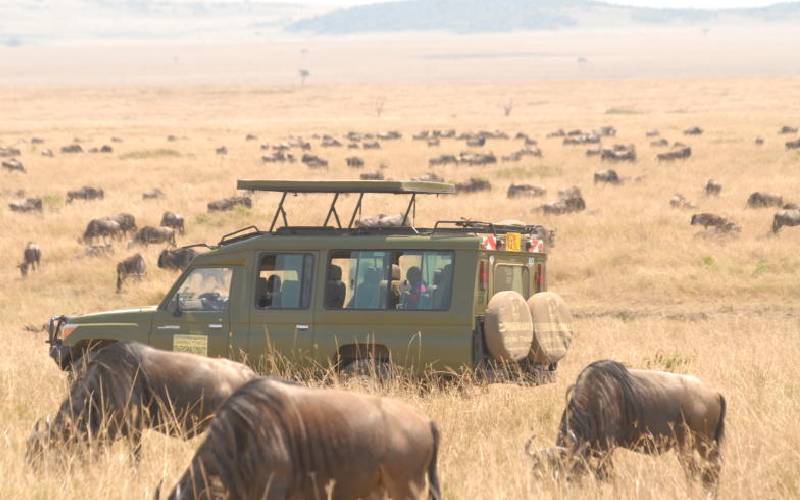×
The Standard e-Paper
Home To Bold Columnists

“kill” by the river. You will struggle to make out whether the wildebeest was split asunder by a crocodile or an angry hippo. You will feel like those Nairobians who got stuck in the city when the ‘vrooming Vasha’ rally was on a few weeks ago.